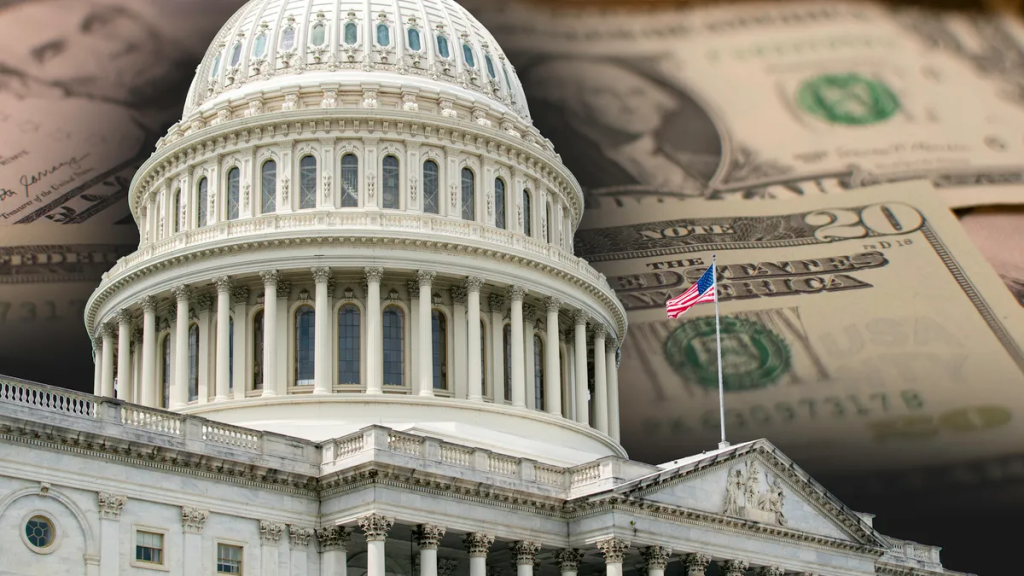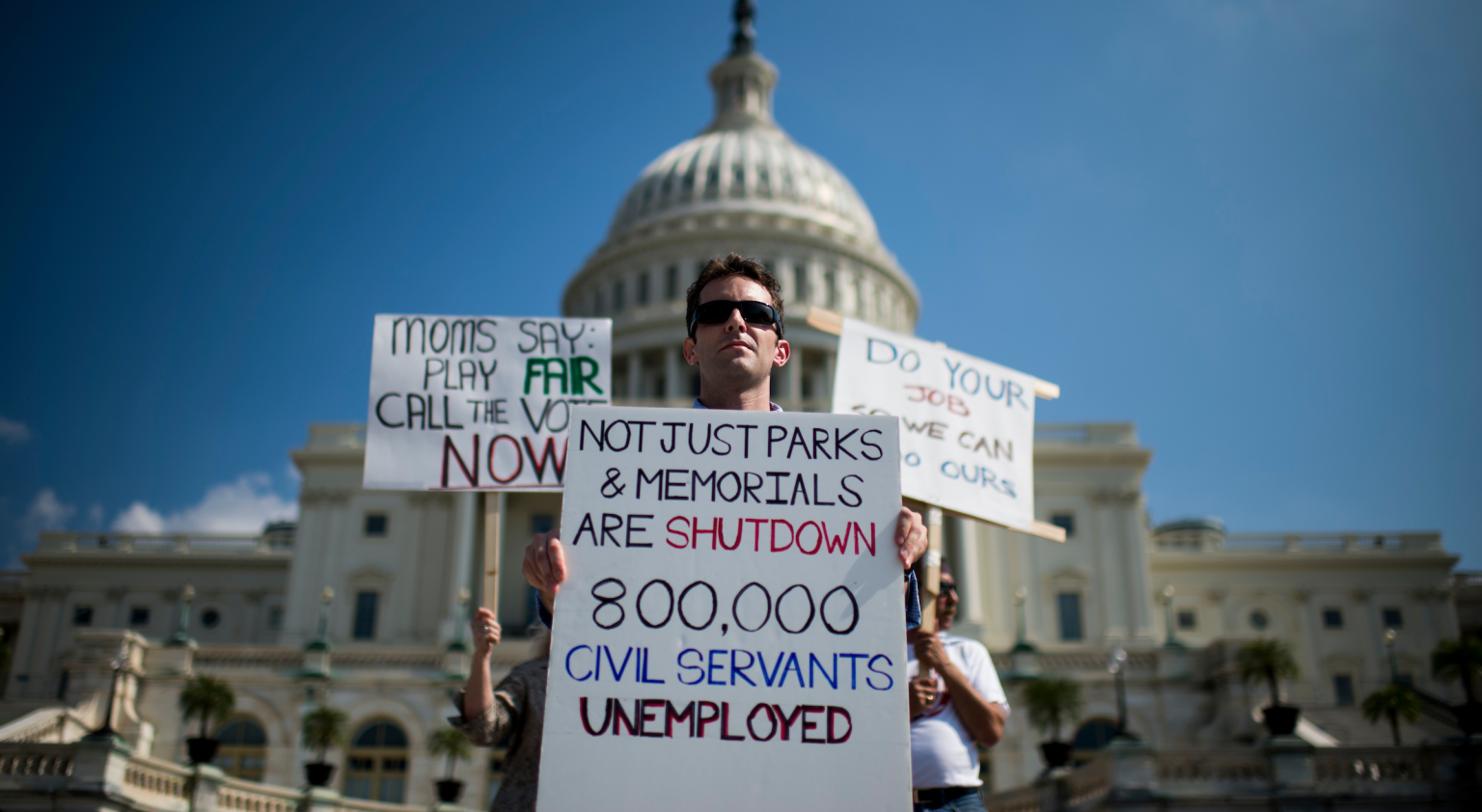What Is a Continuing Resolution?
A continuing resolution is a temporary funding measure that ensures federal agencies can continue operating when Congress hasn’t passed a full-year appropriations bill. Instead of approving a finalized budget, a CR bill extends previous funding levels for a limited time, avoiding disruptions like government shutdowns.

Despite being a cornerstone of federal budget management, full-year appropriations are rarely completed on time. Since 1977, Congress has met its October 1 deadline only three times, the last being in 1997.
Details About the Continuing Resolution 2024
When Does the Current CR Expire?
The CR Bill is set to expire on December 20, 2024, giving lawmakers several months to negotiate and approve a long-term budget. Without action, the government will face either another CR or a potential shutdown.
Did the Senate Approve the CR?
Yes, the Senate passed the measure on September 25, 2024, with overwhelming bipartisan support. The vote in the Senate was 78-18, following unanimous approval in the House. This prevented a government shutdown that would have begun on October 1, the start of the new fiscal year.
What’s Included in the CR Bill?

The CR bill ensures continued government operations while addressing urgent priorities. Key provisions include:
- Disaster Relief: $20 billion allocated to FEMA for disaster recovery projects.
- Transportation Support: Funding for the Essential Air Service to maintain rural air connectivity.
- Social Programs: Continuation of SNAP benefits for victims of fraud and extension of the Temporary Assistance for Needy Families (TANF) program.
- Missed Programs: The Secure Rural Schools (SRS) program, which aids forest counties, was not reauthorized in this CR.
Impacts of Continuing Resolutions
While continuing resolutions keep the government running, they often create inefficiencies, including:
- Disrupted Planning: Federal agencies face uncertainty, limiting their ability to make long-term plans.
- Hiring Challenges: Departments report delays in recruitment and training under CR constraints.
- Program Delays: Grant-funded programs struggle to execute projects without reliable funding.
Despite these hurdles, agencies have adapted by building contingency measures into their operations.
Why Are Continuing Resolutions Necessary?
CRs bridge the gap when Congress fails to pass new appropriations by the fiscal year’s October 1 deadline. From 2010 to 2022, lawmakers have relied on 47 CRs, with durations ranging from a single day to several months. They are often seen as a compromise to avoid the economic and political fallout of a shutdown.
Next Steps for the Federal Budget
As the December 20 deadline approaches, Congress must decide between two options:
- Pass a Full-Year Budget: Lawmakers could approve a comprehensive spending package for fiscal year 2025.
- Pass Another CR: If negotiations stall, another temporary funding measure will be needed to avoid a shutdown.
The current continuing resolution 2024 provides short-term stability, keeping essential government operations running while lawmakers work toward a long-term solution. However, it underscores the persistent challenges of reaching bipartisan consensus on federal appropriations.
As the December deadline nears, all eyes will remain on Congress to determine whether they can finalize a budget or resort to yet another CR.


